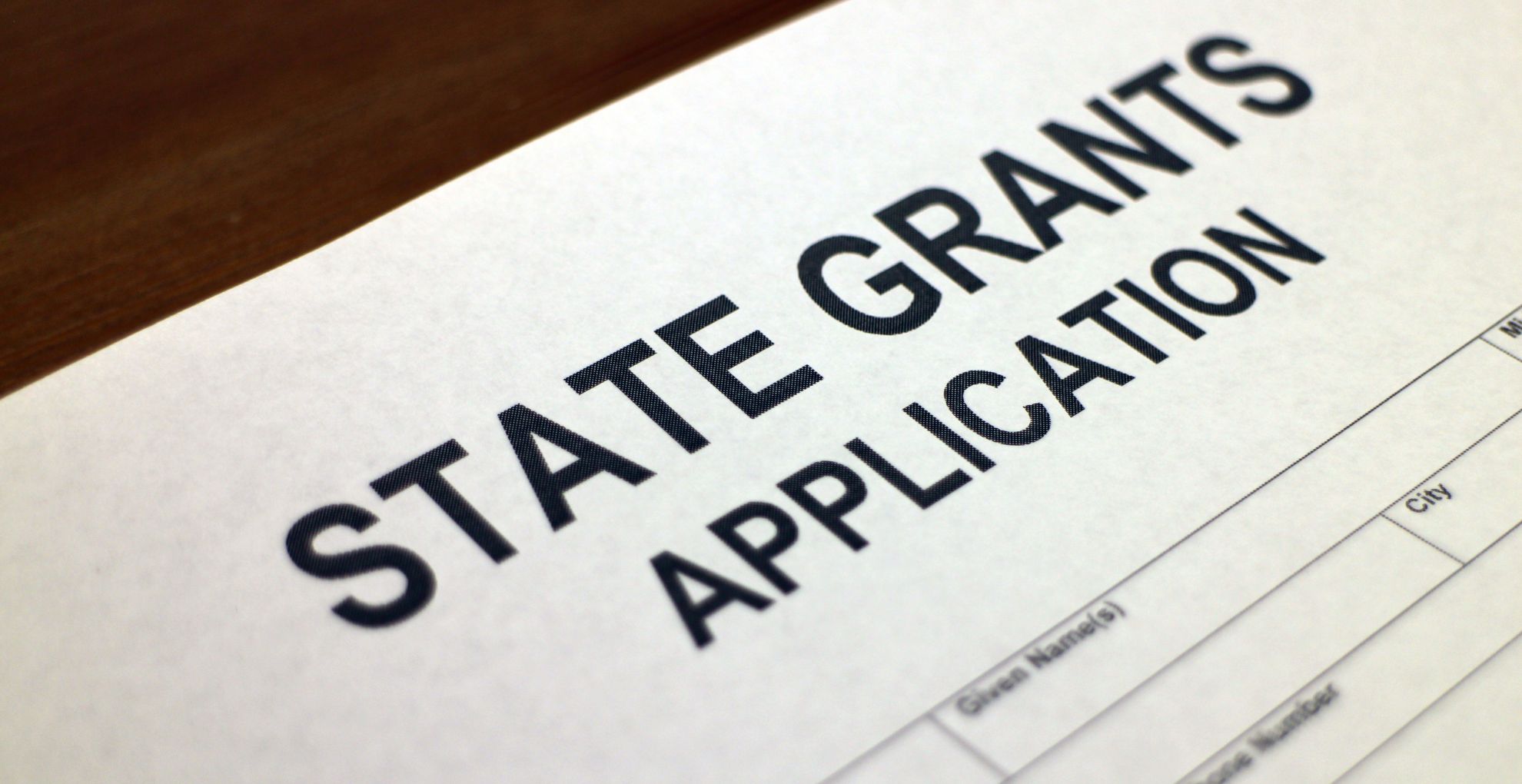Paying for college is no small feat. For many students, especially those from low-income households, financial aid can be the difference between pursuing higher education and putting it on hold. One lesser-known but incredibly valuable source of aid is the Federal SEOG Grant. If you’re planning for college in the 2025–2026 academic year, understanding how the federal SEOG works can help you tap into funds that don’t need to be paid back.
Let’s dive into everything you need to know about the SEOG Supplemental Educational Opportunity Grant, including FSEOG requirements, who qualifies, how much you could receive, and how to apply.
What Is the Federal SEOG Grant?
Overview of the Program
The Federal Supplemental Educational Opportunity Grant (FSEOG) is a need-based financial aid program designed to help low-income undergraduate students pay for college. Unlike student loans, this grant does not need to be repaid.
Funded by the U.S. Department of Education, the federal SEOG is administered directly by each participating college’s financial aid office. That means the actual awarding of funds depends not only on your financial need but also on your school’s available budget.
How It Differs from Pell Grants
While both Pell Grants and SEOG Grants are need-based, the key difference is how the funds are distributed. Pell Grants are guaranteed to eligible students, while federal SEOG grants are limited. Schools receive a set allocation from the federal government and prioritize students with the highest financial need.
Not all colleges participate in the SEOG program, so it’s essential to check with your school’s financial aid office.

Who Is Eligible for the SEOG Grant?
Basic Eligibility Criteria
To be considered for the SEOG Supplemental Educational Opportunity Grant, you must:
- Be a U.S. citizen or eligible non-citizen
- Be enrolled or accepted as an undergraduate student
- Not having a prior bachelor’s degree
- Meet the general eligibility requirements for federal student aid
Financial Need Requirements
Your eligibility is determined based on your Student Aid Index (SAI), which is calculated when you submit the Free Application for Federal Student Aid (FAFSA). Students with a very low or negative SAI (e.g., -1500) are typically given priority.
Each school uses the SAI to assess financial need and determine awards. If your financial situation changes mid-year, be sure to update your FAFSA or consult your financial aid office.
How Much Can You Receive?
SEOG Award Ranges for 2025–2026
The SEOG grant amount for the 2025–2026 school year ranges from $100 to $4,000 annually. The amount you receive depends on a variety of factors, including your financial need, when you apply, and how much funding your school has available.
Factors That Affect Award Amounts
The specific SEOG grant amount you receive may be influenced by:
- Your Student Aid Index (SAI)
- The date you submitted your FAFSA
- The cost of attendance at your college
- Other financial aid you’re receiving
- Availability of SEOG funds at your school
Some institutions may award different amounts based on your enrollment status. For example:
- Full-time students might receive up to $4,000 per year
- Three-quarter time students may get up to $3,000
- Half-time students could be eligible for $2,000 or less
Because funding is limited, it’s not guaranteed that every eligible student will receive the grant, even if they meet all FSEOG requirements.
How to Apply for SEOG Grants
Step-by-Step Process
Applying for the federal SEOG grant starts with submitting your FAFSA.
Submit FAFSA early: The FAFSA for 2025–2026 opens in December 2024, so apply as soon as possible.
List your chosen schools: Make sure to include schools that offer the federal SEOG grant program.
Use the correct school code: This ensures your information goes to the right financial aid offices.
Each year, the earlier you apply, the better your chances. SEOG funds are awarded on a first-come, first-served basis.
Application Tips
To maximize your chances:
- Keep your financial documents ready before December
- Check your school’s specific deadlines for priority consideration
- Consider using the Net Price Calculator on college websites to estimate your aid
- If required, complete additional forms like the CSS Profile
SEOG Grant Disbursement Process
How You Receive the Funds
Once awarded, your SEOG Supplemental Educational Opportunity Grant is typically applied directly to your student account to cover tuition, fees, and sometimes housing. Some schools may also issue refunds if there’s a remaining balance.
Disbursement schedules vary, but funds are usually distributed at least once per term (semester, trimester, or quarter).
Conditions for Maintaining the Grant
To continue receiving SEOG funds each year, you must:
- Submit the FAFSA annually
- Maintain Satisfactory Academic Progress (SAP)
- Remain enrolled in an eligible undergraduate program
Failing to meet these conditions could jeopardize your eligibility for future awards.

Can You Combine SEOG with Other Aid?
Pell Grant + SEOG
Yes, you can receive both the Pell Grant and the Federal SEOG Grant. Many of the students who qualify for SEOG also qualify for Pell. Together, these grants can significantly reduce your college expenses.
Keep in mind that all aid is coordinated by your school’s financial aid office, so they will calculate how different forms of aid work together.
Institutional Aid and Scholarships
The SEOG grant amount may be influenced by other aid you receive. If your total aid package exceeds the cost of attendance, your SEOG grant might be adjusted.
It’s also worth applying for external scholarships. These don’t usually affect federal grants, but always check with your financial aid advisor to be sure.
Tips to Maximize Your SEOG Award
Actionable Tips for Students
Apply early: Submit your FAFSA as soon as it opens in December.
Contact financial aid offices: Confirm which schools participate in the SEOG program.
Maintain strong academic performance: Meeting SAP is essential for continued eligibility.
Update your FAFSA: If your financial circumstances change, revise your application.
Stay organized: Keep track of deadlines and required documents.
A real-world example: At Southern University at Shreveport, students with a -1500 SAI and outstanding balances are prioritized for SEOG funds. This shows how important it is to understand your school’s awarding policy.

Common Questions About SEOG Grants (FAQs)
What is the FAFSA deadline for SEOG eligibility?
There is no single deadline, but since SEOG funds are limited, apply as soon as FAFSA opens in December.
Can graduate students receive SEOG?
No, SEOG is only available to undergraduate students who haven’t earned a bachelor’s degree.
What if my financial situation changes mid-year?
You can update your FAFSA or contact your school’s financial aid office to re-evaluate your need.
Is SEOG available at all colleges?
No, only participating institutions offer SEOG. Always verify with your financial aid office.
Can SEOG funds be used for off-campus expenses?
Yes. If your SEOG grant exceeds tuition and fees, the remaining funds can be used for housing, books, or other educational costs.
Final Thoughts and Next Steps
The federal SEOG grant might not be as well-known as other aid programs, but it plays a crucial role for students with exceptional financial need. Since these grants are limited and highly competitive, being proactive is key.
Start by preparing your FAFSA materials ahead of time. Research which colleges offer the SEOG program, and don’t be afraid to reach out to financial aid advisors with questions.
By understanding the FSEOG requirements and acting early, you give yourself the best shot at securing a meaningful SEOG grant amount that can make your college journey more affordable and less stressful.
Don’t leave money on the table—apply early, stay informed, and take full advantage of the aid available to you.




